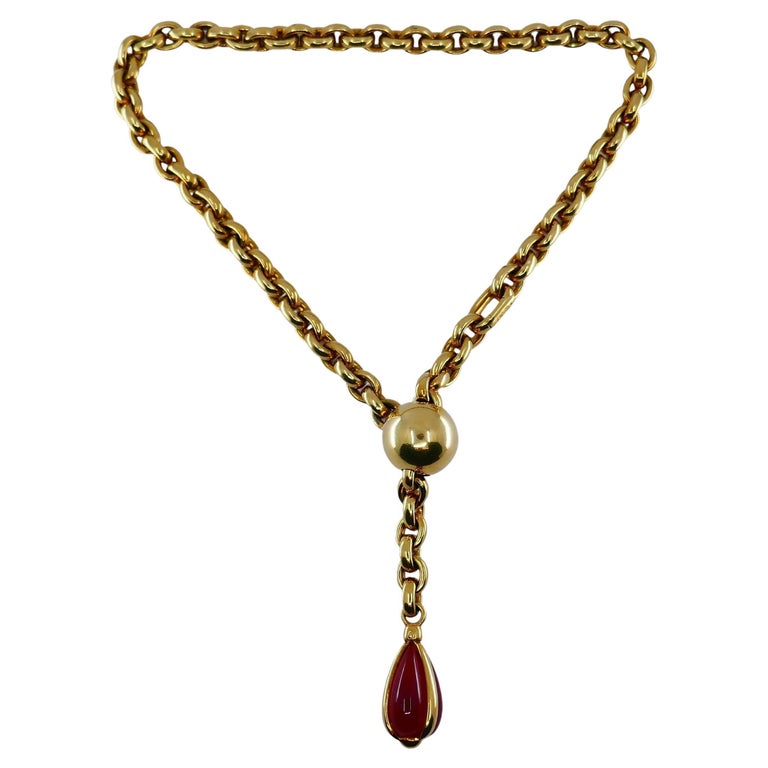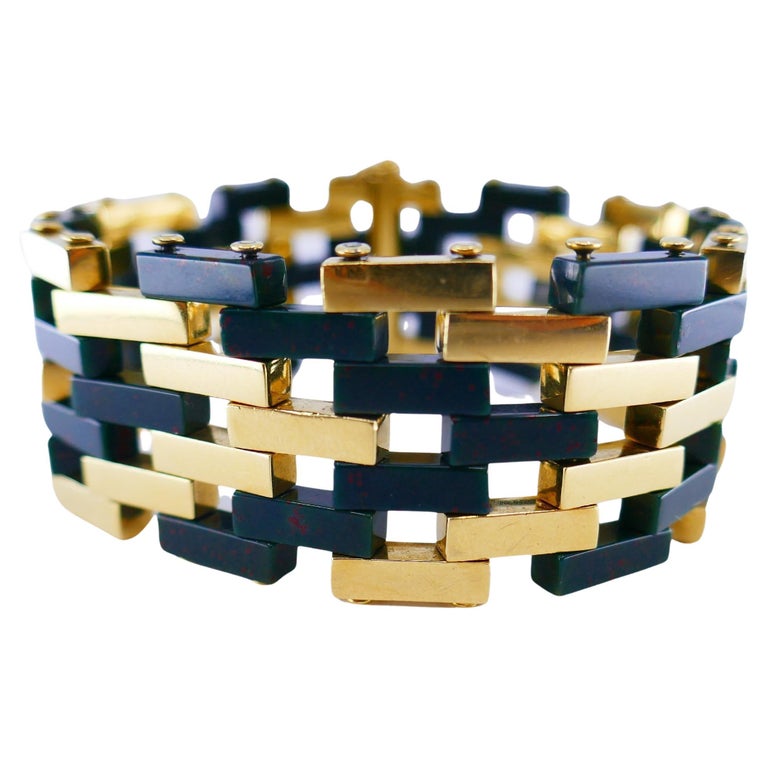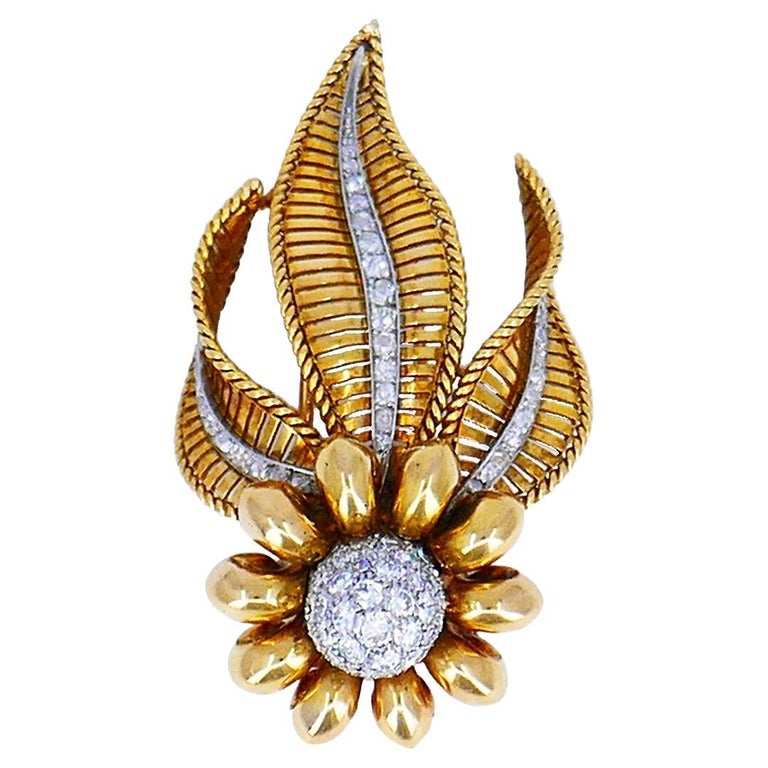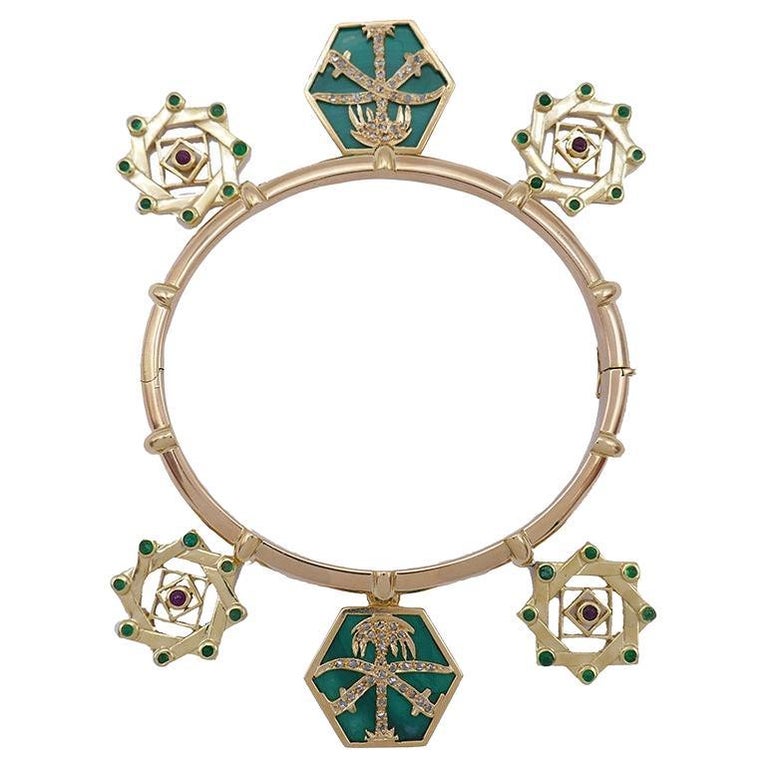
August 13, 2023Impeccable taste, discretion, access to the rare and the unusual — these are just a few of the qualities that have made Nadine Krakov a Los Angeles institution (and a globally beloved online source) since she and her husband, Yan Kats, launched their antique and vintage jewelry business in 1997.
In her native Russia, Krakov was always drawn to fashion, jewelry and other objects of beauty. “Perhaps growing up in the Soviet Union, that environment made me seek something special,” she says, “something different from what I saw in my daily life.”
Krakov immigrated to the United States in 1988, settling in Los Angeles. After meeting Kats, an art, antiques and jewelry collector, in 1994, she began to develop her own eye for well-made antique and vintage jewels with a timeless quality that appeals to contemporary audiences.
Y2K-era L.A. and its environs provided the perfect hunting ground for the treasures that would come to define the couple’s business. Today, they travel the world to unearth the best signed pieces — and fuel Krakov’s personal passion for “vintage jewelry that was carefully and thoughtfully designed, mostly crafted by hand in small batches, not mass-produced,” she says. “If you know the language, you can read the sophisticated messages the makers encrypted in their creations. Also, the historical and cultural codes of the older pieces are fascinating. And you can see the interpretations of those ideas in today’s pieces.”
Nadine Krakov Collection has been based in Beverly Hills since 2008. Before that, it was a vendor in the storied Antiquarius antiques center and jewelry mart in West Hollywood (now permanently closed). In both locations, the shop has been frequented by seasoned collectors, as well as celebrities and their stylists.


“Many of our clients visit when they hear we have something new and special that just came in,” says Krakov, who regularly sells and loans pieces for red-carpet events like the Oscars, the Emmys and movie premieres. “They share our love of jewelry. Often, it’s not about the specific piece or designer but the high quality and rarity.”
One such client: actress Phoebe Waller-Bridge, who’s costarring in Indiana Jones and the Dial of Destiny and has been promoting the film while sporting a Bulgari Serpenti Tubogas watch that she acquired from Krakov. (Waller-Bridge is also wearing it in a photo by Mamadi Doumbouya that accompanies her recent New York Times profile.)
Below, Krakov tells us about her collection of gems and highlights some of her current favorites.
It’s interesting that Phoebe Waller-Bridge chose a vintage Serpenti watch. Can you talk a little about the historical significance of the Tubogas style?
The Tubogas design is attributed to Italian jeweler Carlo Weingrill, who created it at the end of the nineteenth century. It was later popularized by Van Cleef & Arpels and Bulgari.
The technique, which borrows from a plumbing manufacturing process, required wrapping metal in tight coils around a central rod that was removed afterwards, creating a hollow chain. In the nineteen forties, this process inspired a few French makers and Bulgari — in collaboration with Weingrill — to apply the same principle to jewelry making.
This style is chic and timeless because of its classic proportions and clean shape and the luxurious feel of the wraparound design.


Your inventory covers several design eras from the nineteenth century to the present. Which one is closest to your heart?
I especially love the Victorian era [1837–1901], the nineteen forties and jewels from the nineteen sixties and seventies. Today’s designers get inspired by those periods, and we can observe the contemporary pieces echoing the past.
I see the Victorian period as the beginning of compelling jewelry design and superb craftsmanship — for example, I love our Victorian rings. The nineteen forties was a time of great change and innovation, and the nineteen sixties and seventies represent the peak of jewelry design.
Bold shapes, strong geometry and big, opulent colored stones — those are all signatures of the daring jewelry of the sixties and seventies. In my opinion, a Tiffany & Co. gold cage bracelet we have from the late seventies is a great example of that era’s daring approach to design and exquisite craftsmanship.
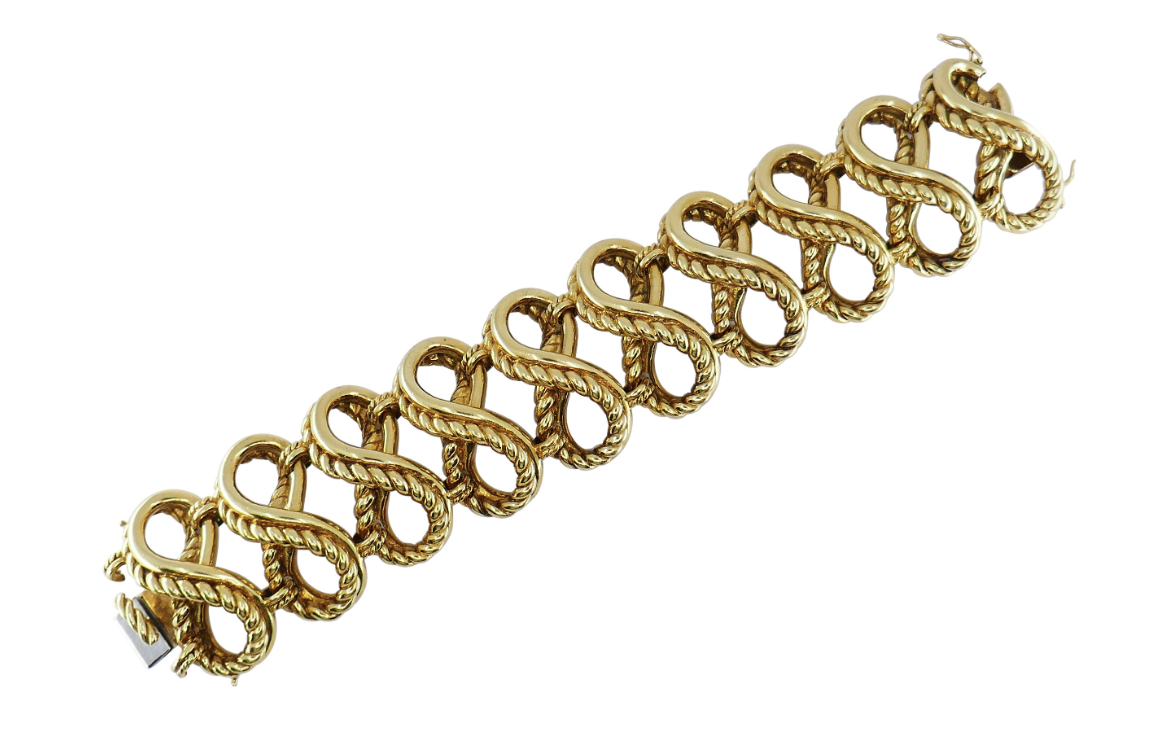
You also have many wonderful signed pieces. Which design houses are you most drawn to?
We always lean toward an original look — unconventional, one-of-a-kind beauty — and exceptional workmanship. Among the big names I love are Pomellato, Suzanne Belperron and Jean Mahie. We are also fond of the less popular but superb French makers like Dinh Van and Mellerio.


What does it take for a jewel to win you over?
Our favorite pieces always have a unique character. I personally love brooches, and you can always find sophisticated and fun brooches in the store.
We like to keep our collection as diverse as possible, both in terms of price and functionality. We balance our antique items with contemporary signed pieces, showcasing the wearable with the extravagant, the high-end with the affordable.
Tell us about a piece in your inventory that is highly rare and collectible.
A French brooch from the Belle Époque era with three reversible leaves is one of the most fascinating. I acquired it in London, from one of my longtime and most prominent dealers.
The workmanship of the piece is mesmerizing. It features a few different techniques — openwork, enameling and mechanical design. Each element was crafted precisely to create a genuine work of art. It can be worn as a clip, a brooch or a pendant. It’s a gorgeous, impressive and truly one-of-a-kind jewel.


